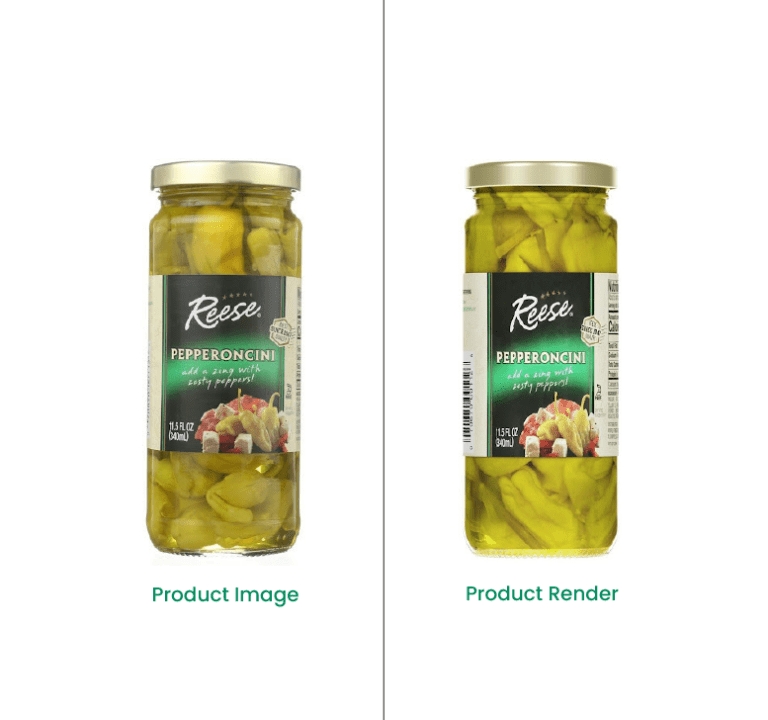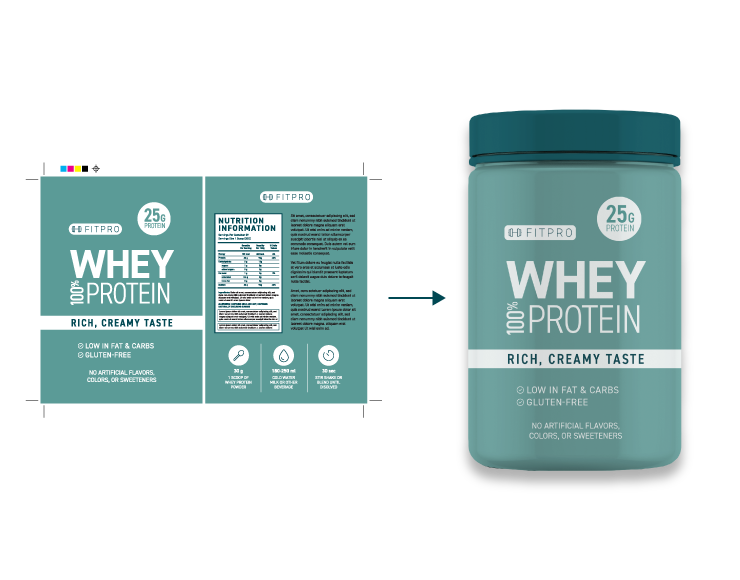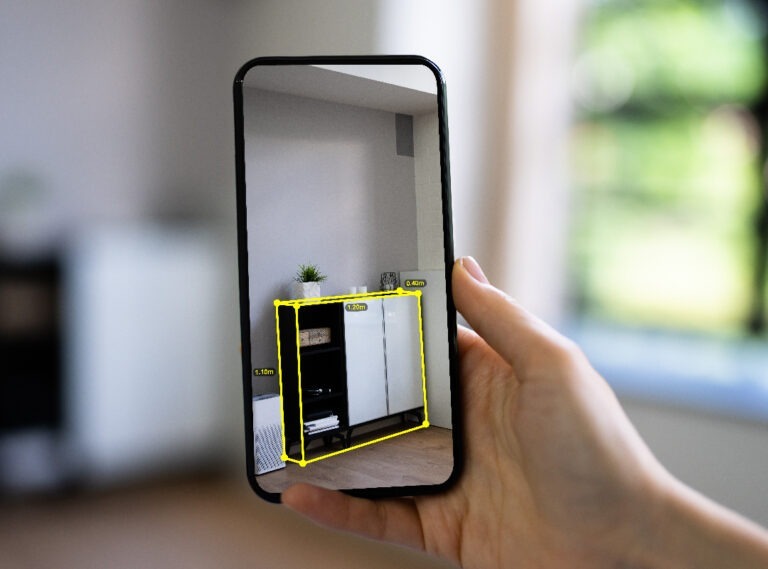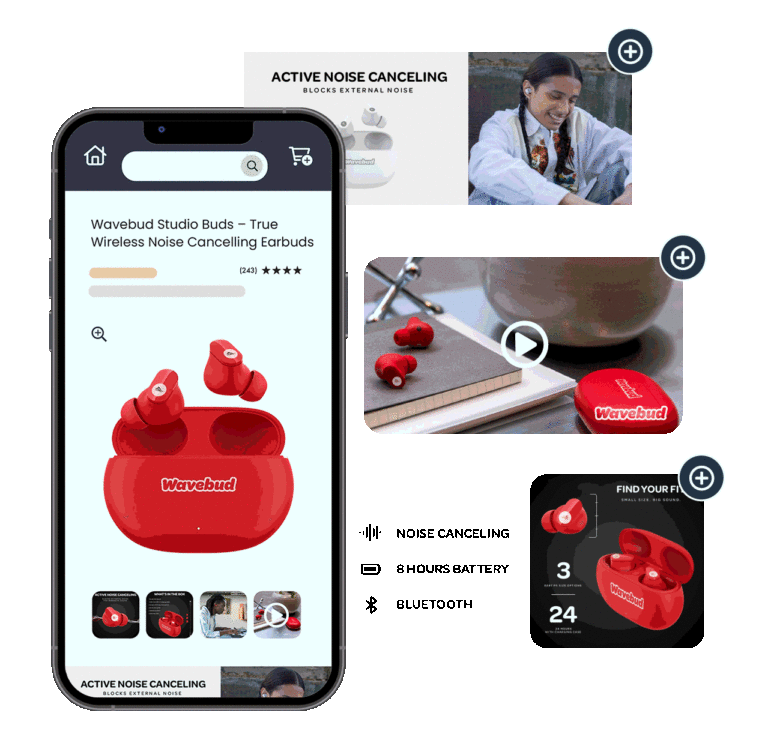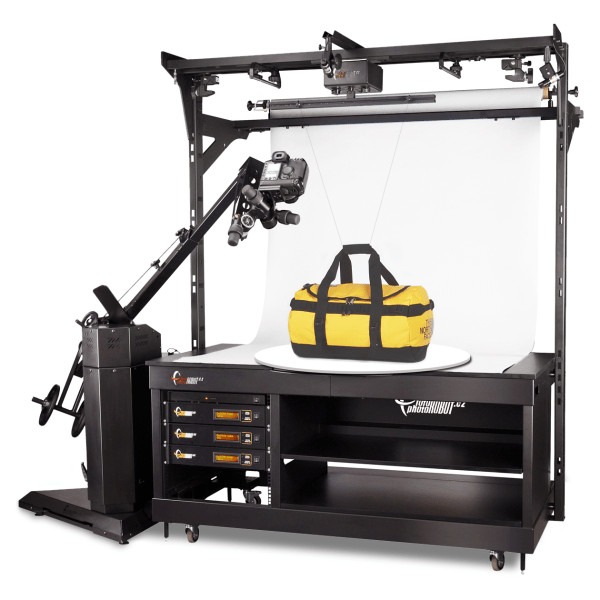Your product imagery is one of the most critical factors in your marketing strategy. In an omnichannel retail world, consumers look to your images to learn about your products and brand when they don’t have the option or desire to shop in person.
When considering product imagery, your two primary options are photography and product renderings. Product photography is imagery taken of your physical product, while product renderings are photorealistic graphics created to look like your products.
This article works through when to deploy renderings versus photography to sell your products. Read on to learn the how and why of product imagery for your omnichannel brand.
The Necessity of Quality Product Imagery
In an e-commerce market, visuals sell your products. When customers can’t examine your product in their hands, they rely on quality images to evaluate the item and determine if they’ll purchase it.
No matter your industry or what you’re trying to sell, you must prioritize quality product imagery. Shoppers will judge your products based on the images you publish. Too few or low-quality images raise a red flag to consumers. And if bad photography doesn’t drive them to a competitor’s site, it will likely lead to a dissatisfying experience: 1WorldSync research found that nearly 60 percent of returns result from misleading or inaccurate product imagery.
Any brand wanting to win the digital shelf must have product images that position them at the top. But knowing what kind of imagery to use –– and when –– can be difficult to determine. Below we compare and contrast the value of product renderings and photography so you can make the best decision that helps you sell more starting now.
When to Choose Photography for Product Images
Most of the time, photography is the best-case-scenario choice for your product imagery. Photographs provide the most realistic representations of your products.
Product photography allows brands to showcase their products in engaging and informative ways, providing customers with the visual data they need to examine and evaluate an item through their screens.
Unique photography methods, like 360-spin photography, capture all angles of a product, allowing for the most in-depth, holistic view of the item. And while product photography is ideal, it’s not always optimal for every client or brand.
Budget, logistics, and timelines all factor into your decision to choose product photography or renderings. And while 1WorldSync provides both photography and renderings (and more image services), we recognize that renderings are often the best option for our clients.
When photography isn’t feasible, renderings are an excellent alternative. We’ve found that some clients even prefer renderings over traditional photography. We explore some of that reasoning below.
When to Deploy Renderings for Your Products
Photography is usually the ideal solution. A photo will almost always be more realistic than a rendering for obvious reasons. However, there are several reasons why photography may not be possible. Below are five examples of when opting for renderings is the best choice for your products and branding.
1. Shipping
As you know, shipping costs are high. Many factors contribute to shipping costs, whether it’s supply chain issues, fuel costs, or even consumer behaviors. And those costs affect your decisions regarding product imagery.
Traditional photography typically requires your product to be in-studio. Some product photography firms travel to your location and capture the images there. However, both options can be costly.
Many times, commissioning a product rendering is a much more cost-effective solution to acquiring product imagery over standard photography. And not only can it reduce expenses, but sometimes it’s the only option.
Even if you have the budget to ship your product, your product might be too large to ship. And if your product isn’t currently in stock, you can’t ship it to your photographer.
When shipping is too expensive or isn’t an option, product renderings provide you with the imagery you need to sell your products.
2. Timeline
Time is invaluable when you’re running a business. When considering product imagery, brands need options delivered as quickly as possible without sacrificing quality.
Timeliness is crucial whether you’re launching a new product or marketing campaign, rebranding, or simply needing quality imagery for the first time. When brands need imagery as soon as possible, they can’t wait for their product to arrive for photography. And they certainly don’t have the flexibility to ship to a photographer and then wait for its return.
Product renderings allow brands to access realistic images that don’t require the time investment needed for product photography and the shipping and logistics that go along with it.
3. Inventory Issues
Brands face inventory issues across the globe. Worldwide inflation and supply chain problems have affected consumer shopping behaviors, throwing brands and retailers into an inventory forecasting whirlwind. Demand changes daily, and it’s impossible for many brands to predict their inventory needs. To prevent over-ordering, many brands keep their inventories low, reducing unnecessary spending and preserving resources.
However, low inventory can affect how brands approach product photography. Often, these businesses can’t afford to have products out of stock for the time it might take to ship the product, shoot it, then have it returned.
When inventories are low, brands can utilize product renderings to acquire exceptional product imagery. Renderings don’t require brands to ship products to the photographer, making rendering the ideal situation when brands don’t have spare inventory.
4. Product is at End of Life
Sometimes, products are no longer in the manufacturer’s possession when new imagery is needed, such as products at the End of Life (EOL). When items are in EOL, they may still be sold through a retailer. Though the manufacturer doesn’t have that inventory, brands still need product imagery to effectively market and sell.
Regardless of a product’s production status, brands must continue to meet retailer requirements and conform to GDSN standards, even if and when those requirements evolve. In this scenario, a new retailer requirement, such as 360-degree spin photography, isn’t feasible. But renderings from existing images and/or illustrator files can fill the void.
Renderings allow brands to provide accurate, up-to-date product imagery even if they don’t have access to their products. Working from preexisting media, graphic artists can create renderings that engage, inform, and sell to consumers exploring those products while meeting retailer requirements.
5. Logistics
Product logistics can create hurdles for brands needing prompt product photography.
Brands often store and pull products from different warehouses. Storage and shipping logistics are complicated, and retrieving multiple products from multiple locations can be a strategic nightmare.
But brands don’t need to present the physical product when they choose renderings over photography. Firms can develop rendered images that save their clients from pulling and shipping products from different warehouses, then returning those products to their original locations. When brands require imagery for hundreds of products, renderings are the most time and cost-effective path, especially when logistics are considered.
Renderings and Photography with 1WorldSync
Both renderings and photography have their place in product marketing and sales and the optimal commerce experience. 1WorldSync provides a host of image capture services that provide you with the right solution for all your imagery needs. Whether you want to ship your products for photography in our 31,000 square foot, Chicago-based studio, have the team come to you to take photos, or leverage our experts to create photorealistic renderings, 1WorldSync is ready to take your product content to the next level.
Reach out to our team today to learn how we can tailor our services to meet your needs, your budget, and your timeline.
